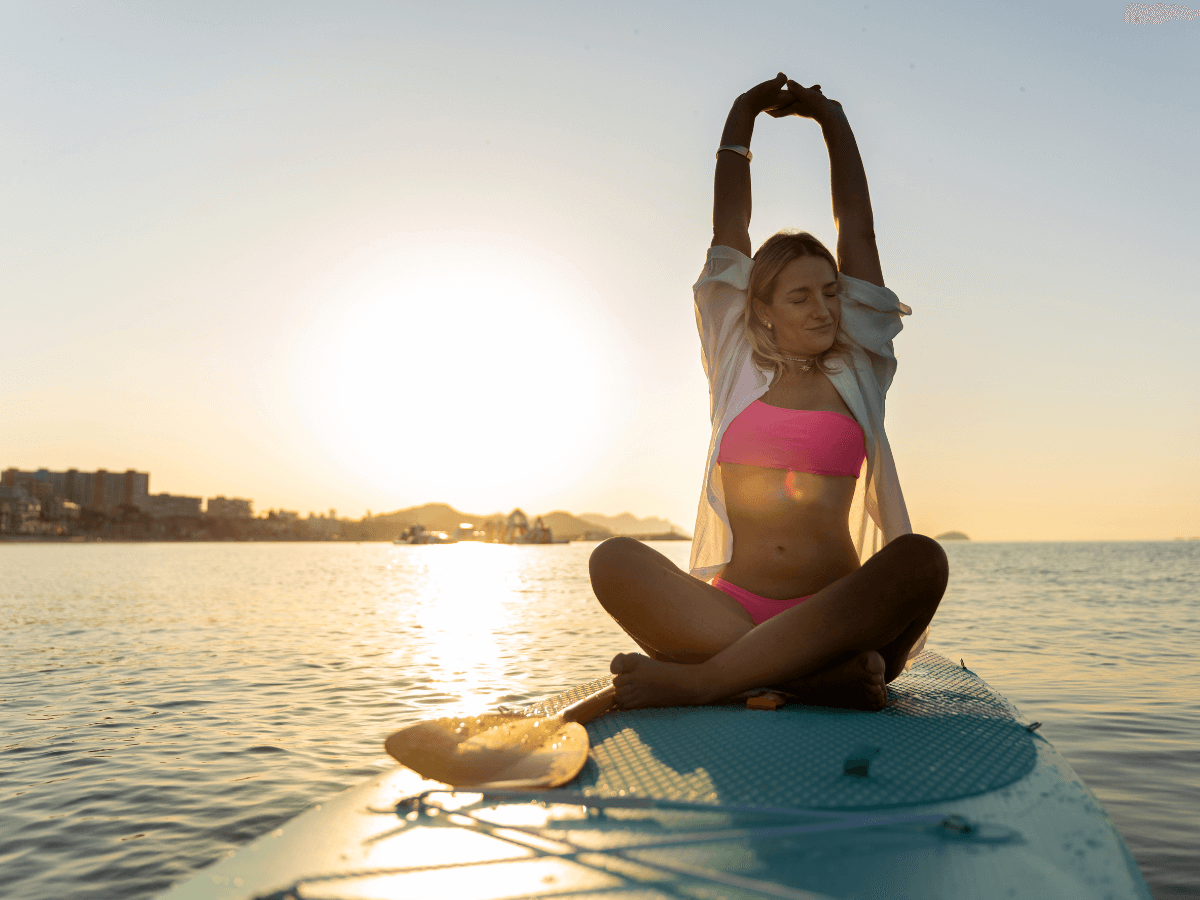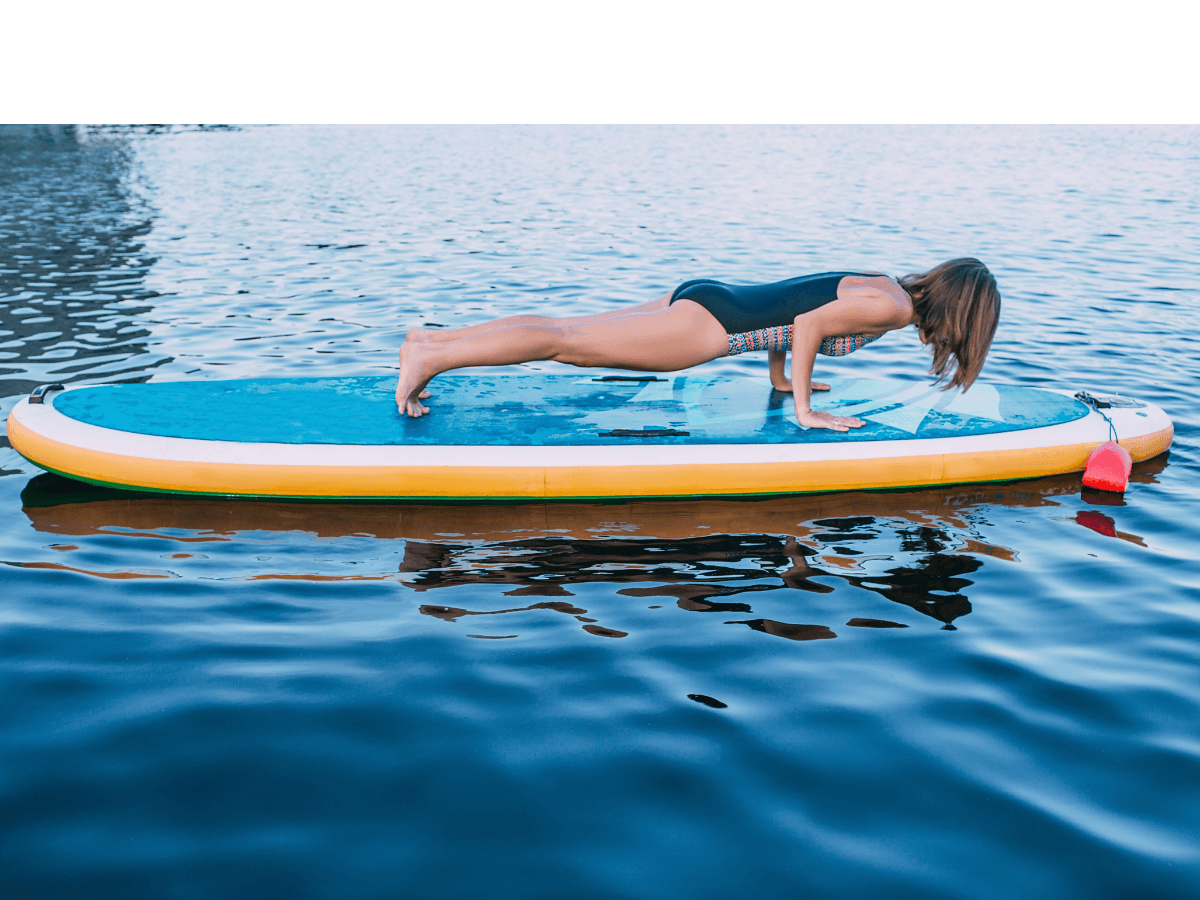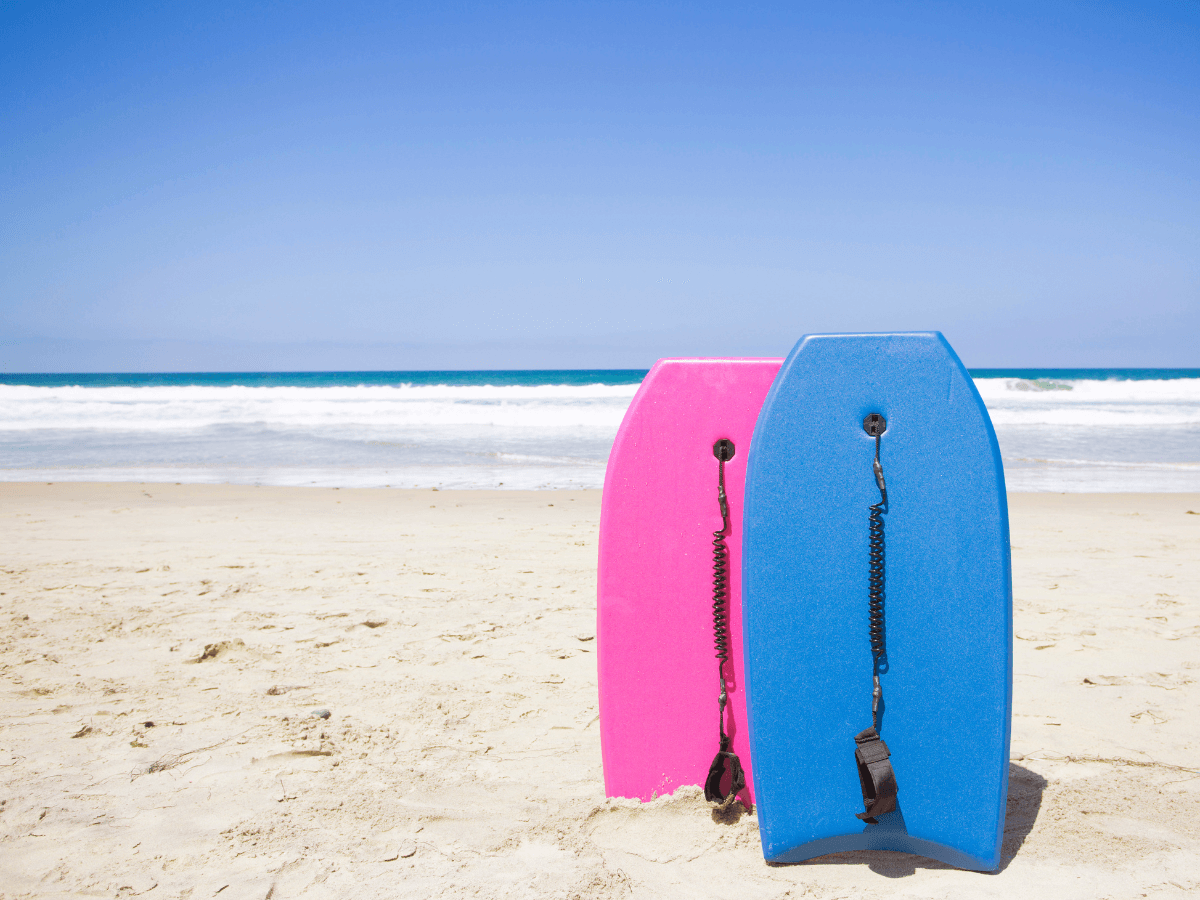Bodyboarding isn’t just about catching waves – it’s about reading the ocean, reacting quickly, and using your body efficiently. Whether you’re carving along a clean break or dropping into heavy surf, how well you move off the board can seriously impact how well you perform on it.
That’s where bodyboarding exercises come in. By building strength, flexibility, balance and endurance, you’ll improve your technique, reduce injury risk, and get more fun out of every session.
Here are the top 5 bodyboarding exercises to help you become a better rider – before, during, and after hitting the waves.
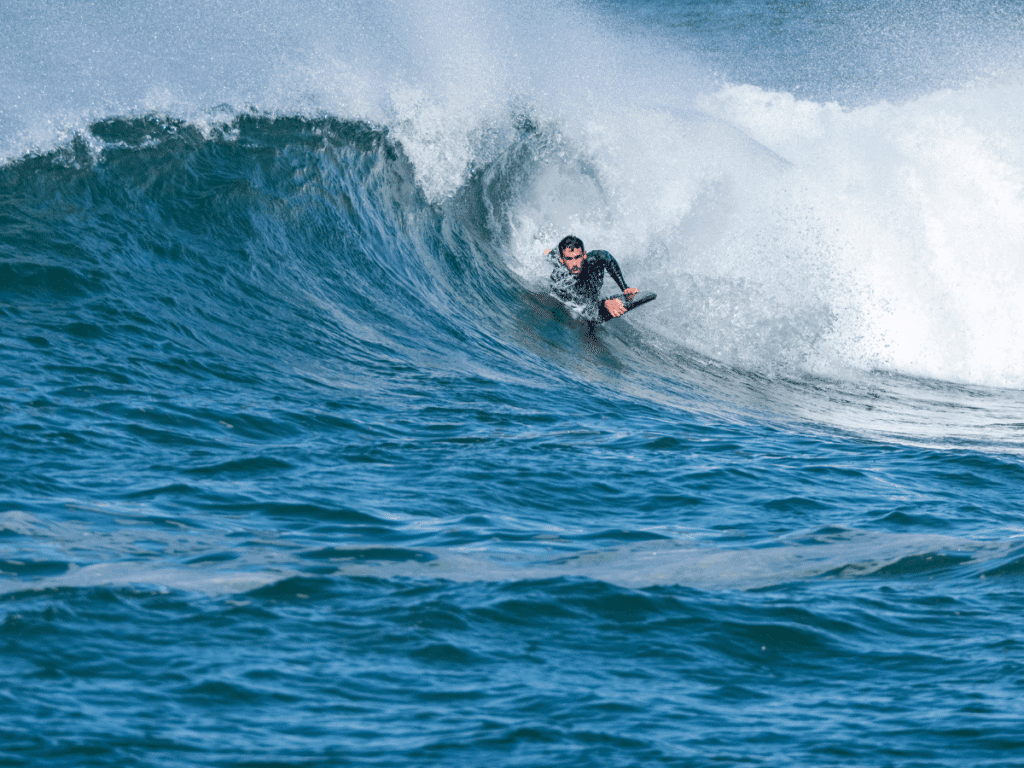
1. Paddle Endurance Drills (Before & During)
Paddling is one of the most physically demanding aspects of bodyboarding. Long sessions and choppy conditions require stamina—not just brute strength. These exercises target cardiovascular fitness and build the kind of muscular endurance that lets you keep going longer.
- Interval swimming: Alternate 2 minutes of steady paddling with 1 minute of sprinting.
- Swim fin laps: Practice short-distance sprints wearing your bodyboarding fins.
- Pool resistance training: Use resistance paddles or underwater drag tools.
Improving your paddle strength and endurance helps you get out to the lineup faster, catch more waves, and spend less energy in the process.
2. Core Strength Training (Before & After)
Your core is your body’s control centre—especially when you’re riding low and navigating fast-breaking waves. Core strength provides the stability you need to execute sharp turns, recover from wipeouts, and stay balanced on the board.
Top Core Moves:
- Planks (front, side, and leg lift variations)
- Leg raises and flutter kicks
- Russian twists and cable rotations
Aim to complete 3–4 sets, 3 times per week. Add instability tools like an exercise ball or balance disc to challenge your control.
A stronger core means better board control and quicker reaction time—essential for pulling off tricks and navigating rough surf.
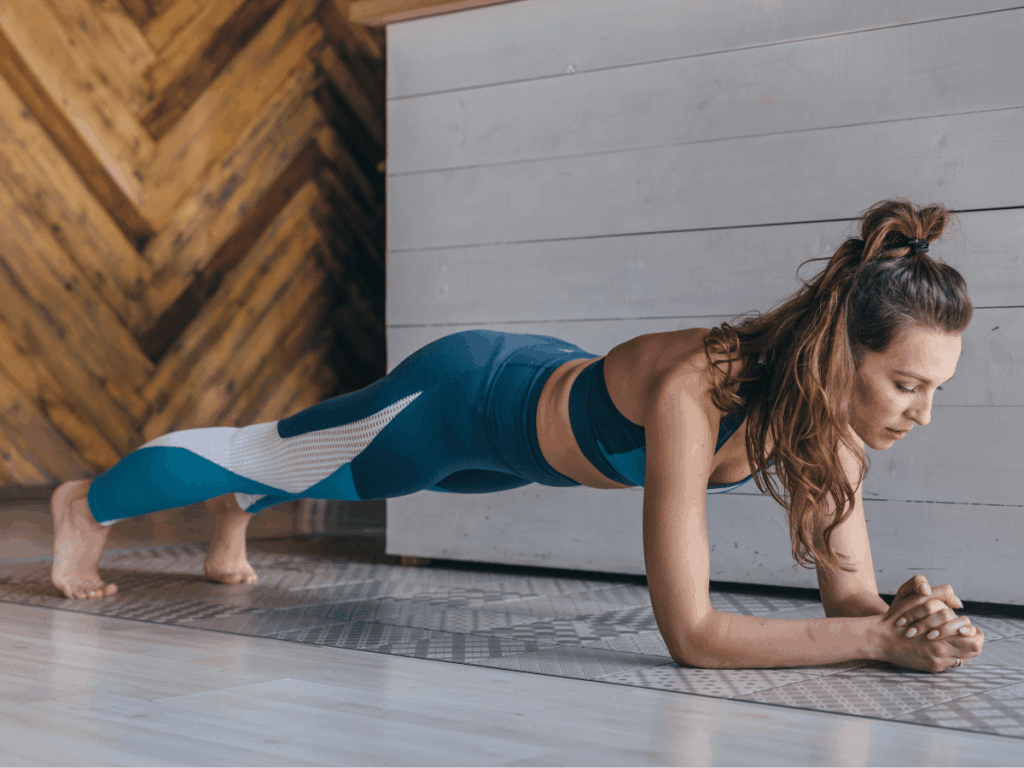
3. Pop-Up and Flexibility Drills (Before)
Although bodyboarding doesn’t require a full stand-up pop like surfing, being able to shift your weight and position quickly is vital. These exercises improve mobility, lower back strength, and flexibility—especially around your hips and shoulders.
- Cobra stretches to extend your spine and loosen your back.
- Lizard lunges and hip openers for hip mobility.
- Sand transitions: Lie on your board and practice fast paddling, carving, or shifting your weight side to side to simulate in-water movement.
Why It Works:Improving flexibility and transition speed reduces the chance of muscle strains and makes wave riding smoother and more responsive.
4. Balance and Stability Work (Before & After)
Balance isn’t just a skill—it’s a muscle-driven ability that can be trained. Bodyboarding requires constant micro-adjustments to stay steady on the wave. Strengthening your stabilisers and proprioception can dramatically increase your control and confidence.
Exercises to Try:
- Balance board drills (great for mimicking wave movement)
- Single-leg squats and lunges
- Yoga poses like warrior III or tree pose
Start with 10–15 minutes of balance-focused work 2–3 times a week.
Improved balance = better control. It also helps you stay low and responsive while reducing the risk of knee and ankle injuries.
5. Stretch and Recovery Routine (After)
Recovery is often the most overlooked part of training—but it’s essential if you want to stay in the water longer and bounce back quicker after intense sessions.
- Foam rolling for legs, back and glutes
- Hamstring and quad stretches
- Shoulder circles and band work to keep joints mobile
- Deep breathing exercises to relax your nervous system
Recovery helps flush out lactic acid, reduces soreness, and preps your body for the next wave. It also helps prevent long-term issues like shoulder tightness or lower back pain.
Why Bodyboarding Exercises Matter
Bodyboarding is more than just a water sport—it’s a full-body challenge that rewards preparation. Incorporating these bodyboarding exercises into your weekly routine can lead to noticeable improvements in how you paddle, ride, and recover.
So the next time you head out, don’t just check the surf report – check in with your training too.
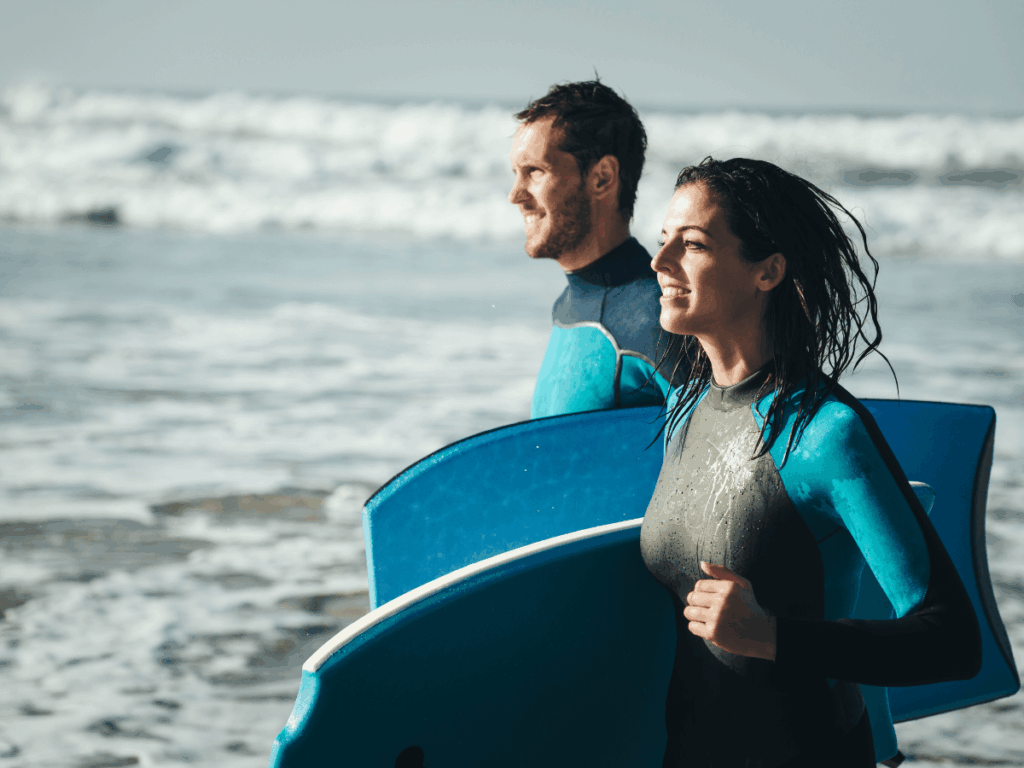
FAQs About Bodyboarding Exercises
What muscles does bodyboarding work?
Bodyboarding targets your core, shoulders, back, chest, legs, and glutes. Paddling strengthens your upper body, while riding waves engages your core and lower body for balance and control.
How often should I do bodyboarding exercises?
Aim to incorporate strength and conditioning exercises 3–4 times per week, with at least one full rest day. If you’re bodyboarding regularly, balance sessions between active surf days and recovery/stretch-focused days.
Can beginners benefit from these exercises?
Absolutely. These bodyboarding exercises are ideal for beginners looking to build a foundation of strength and mobility, as well as seasoned riders aiming to improve technique and endurance.
Are there exercises I can do without a gym?
Yes! Most of these exercises (planks, lunges, balance drills, stretching) can be done at home or even on the beach. All you need is a bit of space and consistency.
Do I need to warm up before bodyboarding?
Yes – always. A warm-up prepares your muscles, reduces injury risk, and gets your body ready for explosive paddling and sudden movements. Try 5–10 minutes of dynamic stretching, light cardio (like jogging), and shoulder circles.


